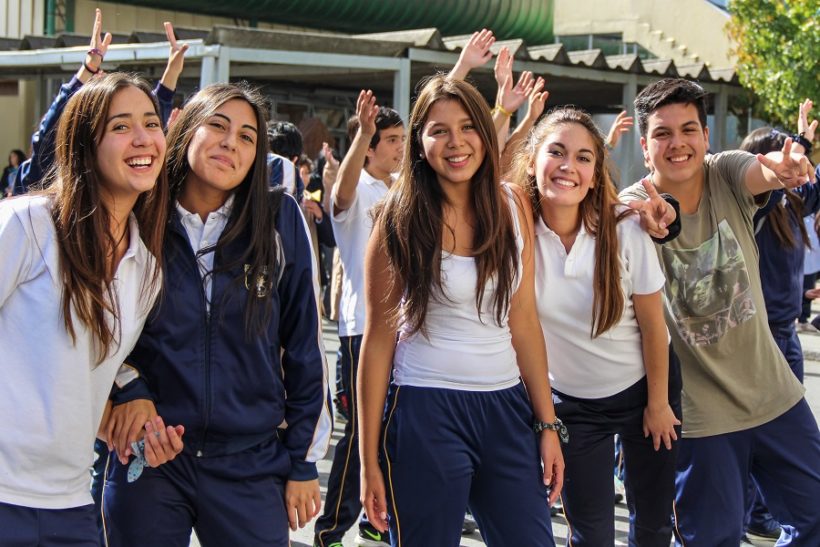Since the return to classes a few weeks ago, we have seen through the media and social networks various acts of violence in educational establishments and in different parts of the country. The big difference is not the aggressions, but the great attention and diffusion of these episodes.
For us at Fundación Semilla this is nothing new. Let us not blame the lack of socialisation of children and young people for not attending classes in person as a result of the Covid-19 pandemic. The truth is that it is the result of a violent society that lacks the skills to resolve its differences peacefully and an authoritarian educational system that does not prioritise socio-emotional education. We see this on a daily basis, among others, in the streets, neighborhoods, condominiums and, of course, in schools.
What has changed is that school communities have stopped seeing harassment, abuse, bullying and aggression as something normal and, with the help of technology and social networks, they are making visible and taking charge of the daily reality that is lived inside schools, high schools and colleges. In Chile there has been an awakening that makes violence visible and condemns it.
In our 16-year trajectory at Semilla, we have studied violence in school contexts and carried out work in many educational establishments. Most of them endorsed our recommendations, but others simply adorned their shelves with the reports or told us that we were “ideologised”.
Once again, I repeat: the antonym of violence is coexistence. But coexistence is not achieved simply by the application of a manual imposed by the authorities or by a punitive culture that imposes condemnations ranging from reprimands to expulsion in the case of students, or dismissal for education workers.
Participation is the new coexistence in Chile. Whoever claims to have the magic wand to end violence in school contexts is offering illusions. Violence is multifactorial and each school community must find its own path, which responds to its cultural and territorial environment, always supported by experts in the field.
Globally, there are few pedagogical tools available to support socio-emotional education and participation processes, but they can be found by searching. We must be careful with other types of “recipes”, such as seminars and talks with an “expert” presenting and the school community listening. This creates a false sense of addressing the challenge of reducing violence.
Participation is a working methodology and is not the solution in itself. We must recover participation as an instance of reflection and binding action. The legitimisation of participatory processes is the key to validate their results and to ensure that they are appropriated by the whole school community. Only in this way can we begin to reduce violence in school contexts.










